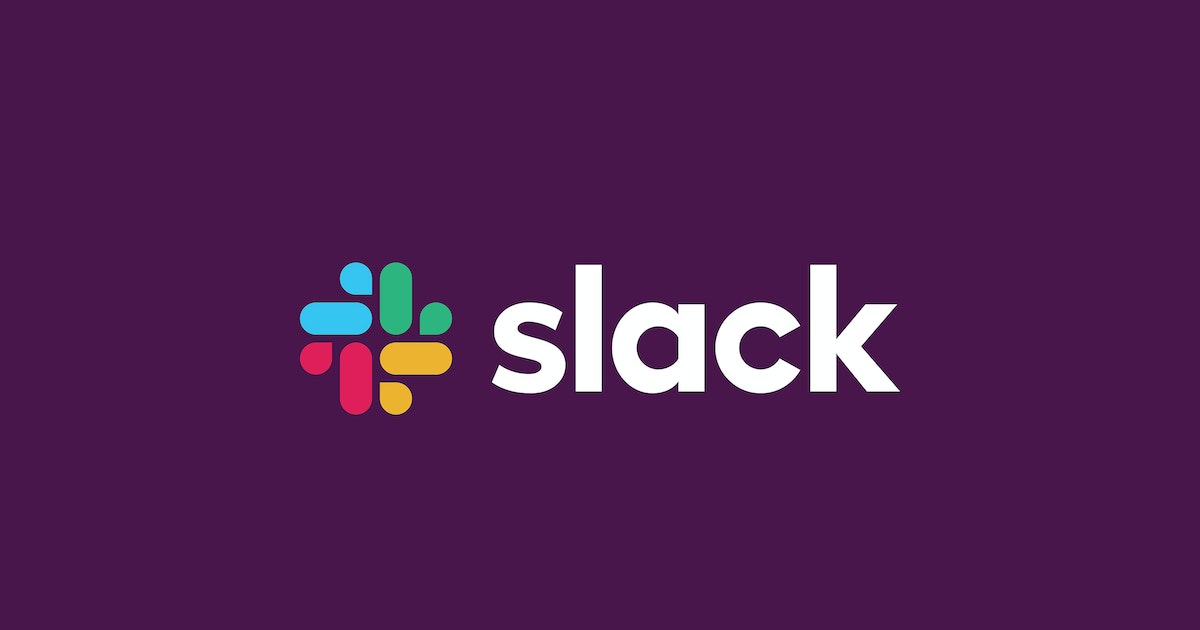In the fast-paced world of technology and communication, few companies have made as significant an impact as Slack Technologies, Inc. Since its inception in 2013, it has revolutionized the way teams communicate and collaborate, becoming a household name in the business world. This article looks into the remarkable story of Slack, its origins, growth, and the factors that contributed to its meteoric rise.
The Birth of Slack
The story begins with Stewart Butterfield, a Canadian entrepreneur who co-founded Flickr, a popular photo-sharing website. After the success of Flickr, Butterfield decided to venture into a new project, which eventually led to the creation of Slack.
Originally, Butterfield and his team were developing a video game called Glitch. However, Glitch faced numerous challenges and was eventually discontinued in 2012. But out of the ashes of this failed venture, a new idea emerged. The team had developed an internal messaging platform to facilitate communication during the game’s development. This internal tool proved to be remarkably effective at streamlining communication within the team, and it planted the seed for what would become Slack.
In August 2013, Stewart Butterfield officially launched Slack as a standalone product under the umbrella of Tiny Speck, his company at the time. The name “Slack” stands for “Searchable Log of All Conversation and Knowledge,” reflecting the platform’s core functionality – providing a searchable archive of all team conversations and documents.
The Pivot to Success
In its early days, it faced stiff competition from established messaging platforms like Skype and HipChat. However, what set Slack apart was its focus on creating a user-friendly, intuitive interface with powerful search and integration capabilities. This made it a game-changer for businesses seeking to streamline their communication and collaboration processes.
Slack’s success also hinged on its commitment to continuous improvement. The company actively sought feedback from users and regularly released updates and features based on user input. This user-centric approach allowed the company to adapt to the evolving needs of its customer base quickly.
One of Slack’s defining features was its integration with third-party apps and services. This integration allowed users to connect their favorite tools directly to Slack, consolidating their workflow within a single platform. As a result, it became a central hub for productivity, allowing teams to seamlessly transition between different tasks and applications.
Growth and Expansion
Slack’s user base grew rapidly, and by 2014, it had already amassed over 500,000 daily active users. Its unique combination of features, including channels, direct messaging, and file sharing, made it an indispensable tool for businesses of all sizes. Slack’s “freemium” model allowed teams to start using the platform for free and then upgrade to premium plans as their needs grew, making it accessible to startups and enterprises alike.
In 2015, Slack raised a staggering $160 million in a funding round, valuing the company at $2.8 billion. This investment gave the company the financial backing it needed to accelerate its growth and expand its international presence. As a result, the company established offices around the world and localized its platform in multiple languages, further fueling its global adoption.
The Enterprise Revolution
Slack’s appeal wasn’t limited to small and medium-sized businesses; it also gained traction among enterprise-level organizations. Its robust security features, compliance certifications, and scalability made it an attractive choice for large corporations. Many prominent companies, including IBM, Target, and Lyft, adopted Slack as their primary communication platform.
To cater to the unique needs of enterprise customers, the company introduced Enterprise Grid in 2017. This specialized offering allowed large organizations to manage multiple workspaces while maintaining centralized control and security. This move solidified the company’s position as a formidable player in the enterprise collaboration space.
The Acquisition by Salesforce
In December 2020, Salesforce, one of the world’s leading customer relationship management (CRM) software companies, announced its acquisition of Slack for a staggering $27.7 billion. This strategic move aimed to combine Salesforce’s CRM capabilities with Slack’s collaboration platform, creating a comprehensive solution for businesses to connect with customers, partners, and employees.
The acquisition marked a significant milestone in Slack’s journey and signaled its integration into a broader ecosystem of productivity and customer engagement tools. With Salesforce’s vast resources and global reach, it was poised to continue its evolution as a vital component of modern business communication and collaboration.
The story is one of resilience, innovation, and adaptability. From its humble beginnings as an internal messaging tool for a failed video game project, it transformed into a global phenomenon that reshaped the way teams communicate and collaborate. Its user-centric approach, commitment to continuous improvement, and emphasis on integration set it apart in a crowded market.
As part of Salesforce, Slack has the potential to further redefine the future of work, offering businesses a seamless and integrated platform to enhance productivity and connectivity. The story serves as an inspiring example of how a simple idea, fueled by determination and creativity, can lead to transformative change in the world of technology and business.



